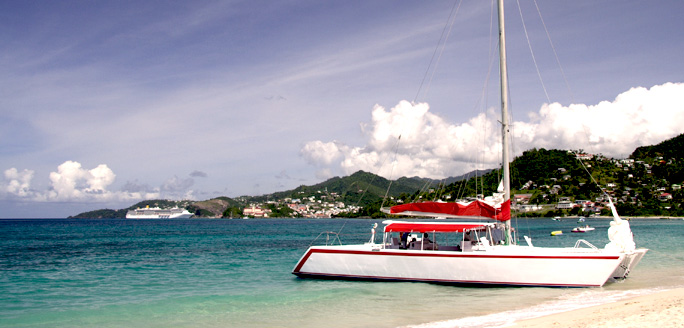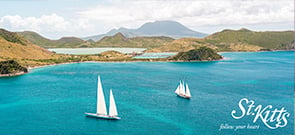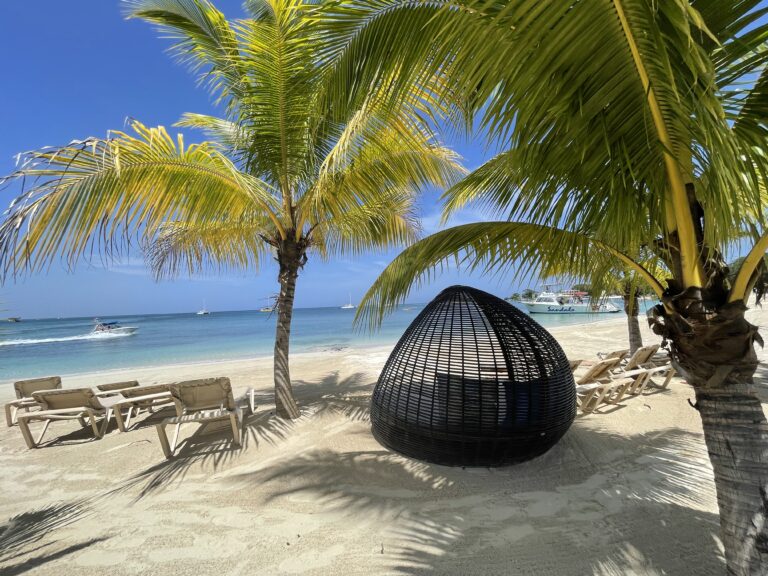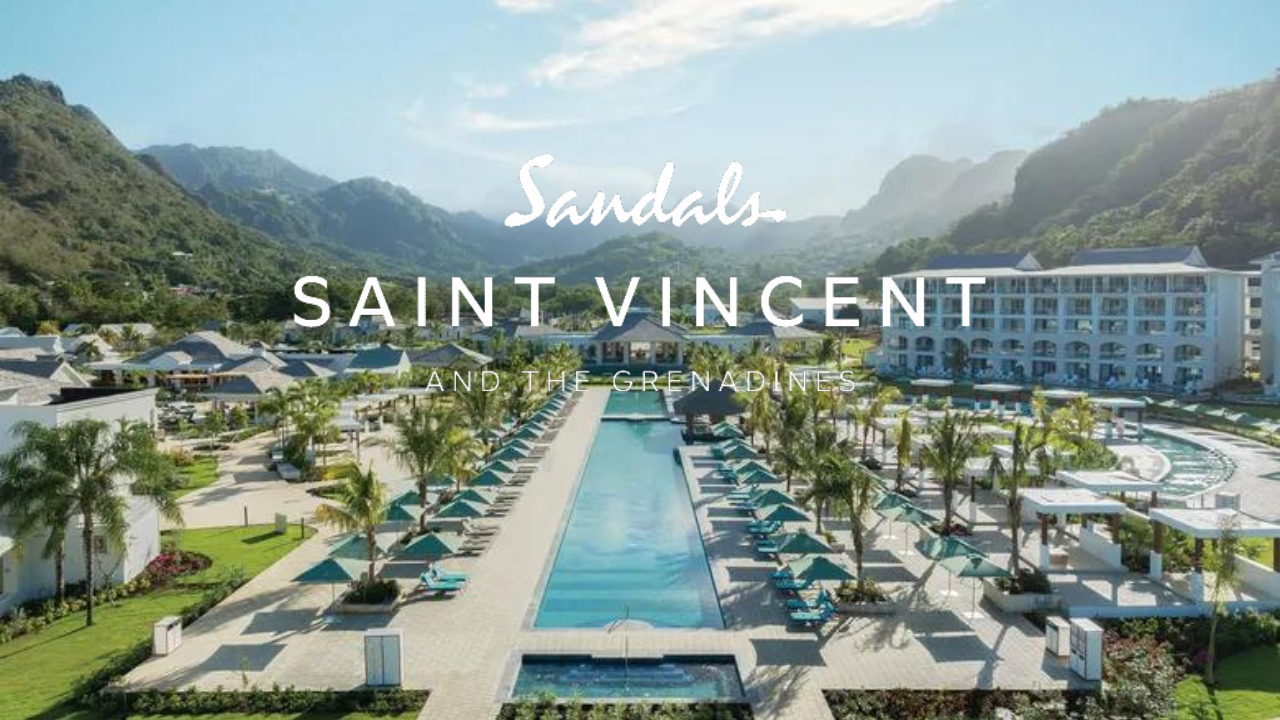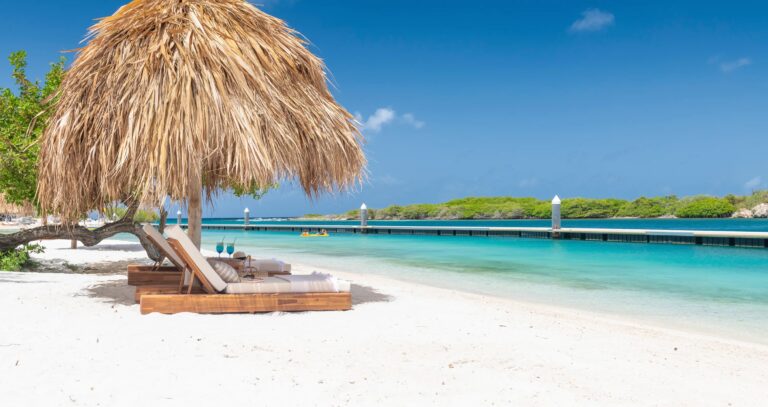We recognize that Disney vacations are not just an investment, but often the highlights of our lives, and we take that responsibility seriously. We want to ensure you have the best vacation experience.
Interested in a job in travel? Click here to learn: How to Become a Disney Travel Agent
Overview
Introduction
Nutmeg ice cream. Nutmeg cheesecake. Nutmeg sprinkled over rum punch. There's even a nutmeg rub that's supposed to cure the common cold. Grenadians are nothing if not resourceful with the spice. And that's understandable: They grow 20% of the world's nutmeg.
But although you'll see (and smell) plenty of the glossy brown nuts in Grenada, there's more to this country than spices. St. George's, the capital city, is one of the prettiest ports in the region. Pastel-colored houses with red-tiled roofs perch on green slopes overlooking the bay, which includes a lagoon that's actually the collapsed crater of an extinct volcano. Then there's the intensely blue lake atop the rain forest in Grand Etang Park.
All of the islands that make up this nation have the languid charm of the Caribbean as it used to be. Although resort developers have discovered Grenada, only a small stretch of beach is given over to them. The rest of Grenada feels very local rather than touristy. Grenada was badly damaged by Hurricane Ivan in September 2004 and Hurricane Emily the following year, but almost all hotels and services—including the Melville Street Cruise Port Terminal—have been rebuilt, along with others built in the aftermath.
Carriacou and Petite Martinique—the other two islands sometimes visited by travelers—are especially enticing for those who find even the leisurely pace of Grenada too hectic. A windjammer-type cruise or a yacht trip through the area is a good option: These are some of the finest sailing waters in the world.
Geography
The nation of Grenada comprises three large islands, Grenada, Carriacou and Petit Martinique, and a number of smaller islets. The main island—Grenada—is 21 mi/34 km long and 12 mi/19 km wide and is the most southerly of the Windward Islands of the Caribbean—it's only 100 mi/160 km north of Venezuela. It's also among the most lush. Rain forest covers the rugged, volcanic interior of Grenada, and small streams wind their way to the coast. The coastline is varied, with prominent peninsulas protecting calm bays and beautiful beaches. It's divided into six parishes (districts), all named after saints.
The other islands, including Carriacou, Petite Martinique and many smaller islets, are part of the Grenadine chain that stretches to the north of the main island. They're drier than Grenada, dominated by rolling hills and sandy beaches.
History
The Carib Indians were in possession of Grenada when Columbus arrived in 1498, but their fierce resistance to European settlement kept the island uncolonized for another 150 years. It was the French who finally defeated the Caribs, some of whom jumped to their deaths rather than surrendering. (The cliff in the town of Sauteurs is still known as Caribs Leap.)
The French established plantations that used slave labor to grow tobacco, sugar, cotton and other crops. The British wrested control of the island from the French in 1783, and though they abolished slavery 50 years later, plantations remained the island's economic mainstay.
Little changed until the independence movement of the 1960s, led by Eric Gairy. After Grenada became fully independent in 1974, Gairy headed the nation until the late 1970s. But many viewed him as a corrupt tyrant. In 1979, Gairy was ousted in a bloodless coup, and the Marxist-Leninist People's Revolutionary Government (PRG) came to power, headed by the prime minister, Maurice Bishop. Grenada aligned itself with Cuba and other Soviet-bloc countries, which alarmed the U.S. and other Caribbean nations. In 1983, the PRG split and many Bishop supporters were massacred. Bishop was executed by a firing squad.
At this turn of events, the U.S. dispatched a joint U.S.-Caribbean force to Grenada that took control of the island, bringing an end to Grenada's revolutionary government. The incident, known on the island as the "intervention," continues to be a topic of discussion. The leaders of the coup were released from jail on Grenada in late 2009.
After U.S. troops withdrew, elections in 1984 installed the first of several postrevolutionary governments. Aid and technical assistance programs sponsored by the U.S. have strengthened the country's economy. Grenada has attempted to increase tourism in recent years, a task made easier by the completion of the international airport and the Melville Street Cruise Port in St. George's.
Snapshot
Grenada's main attractions include beaches, sailing, snorkeling, scuba diving, deep-sea fishing, hiking, great food, old forts, beautiful scenery and relaxation.
People who love the beach and the outdoors and who are looking for a less-traveled destination with lovely scenery will enjoy Grenada. Travelers who relish a very active nightlife will be less impressed, and those looking for casinos won't find them.
Potpourri
Grenada has more spices for its size than any other place in the world. It is second only to Indonesia in the production of nutmeg. The spice is such an important part of the economy that it's featured on the nation's flag.
Most of the island's population is of African descent.
Male travelers should be aware of the story of La Jablesse (Creole for "the devil"), a mythical beauty in flowing skirts and a large brimmed hat. She is said to lure straying men and then remove her hat to reveal her nightmarish demon skull.
The many breadfruit trees on Grenada all descended from plants imported by Captain Bligh, of Mutiny on the Bounty fame. On his first trip to Tahiti to gather the trees, the mutiny took place, but he later successfully transported the trees to the Caribbean.
The film Island in the Sun was shot in the village of Woburn.
Grenada is known for its collectible postage stamps. The world's first Elvis Presley stamp was issued in 1978 to commemorate the first anniversary of his death. Other stars who have been immortalized by the Grenadian postal authorities are Buddy Holly, Bruce Springsteen, Tina Turner, Lionel Ritchie, Elton John, Bob Marley, Whitney Houston and Madonna.
Location
Cruise ships dock downtown in St. George's at the Melville Street Cruise Terminal. The pier can accommodate two ships. The jetty can accommodate two megaships at once, and there are two smaller jetties to accommodate tenders and water taxis. Passenger services include a visitor reception area with tourist information, duty-free shops, restaurants, a parking lot and a bus terminal. The Melville Street cruise port also includes a highly modern Welcome Center, which efficiently streamlines the processing of visitors to the island.
The town's main thoroughfare, Melville Street, also known as the Esplanade, is right outside the terminal. Visitors will find plenty of taxis (hotel and airport ones have fixed rates) at the cruise-terminal entrance. The trip to Grand Anse Beach area is about US$10, and a bus to Grand Anse costs US$1.50-$2.25. Whenever possible, use the local currency—the EC dollar—for these and all cab or bus rides, and remember that if you have change coming to you it will be given in local currency.
Shore Excursions
Typical tours include exploring the island's rain forest and historic sites or swimming and snorkeling along the southwestern coast. Check with your travel agent or your ship's shore-excursion staff for additional information. Most cruise ships dock in Grenada for six to eight hours.














